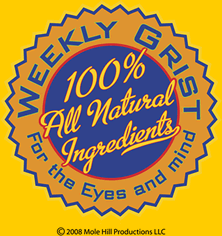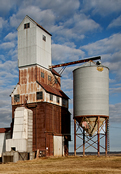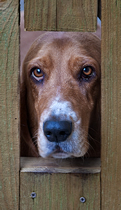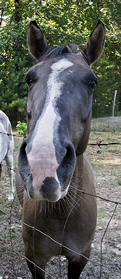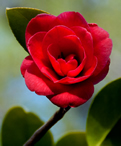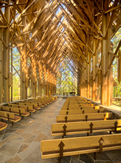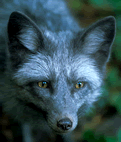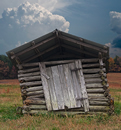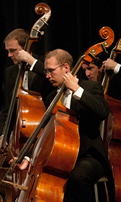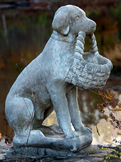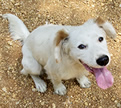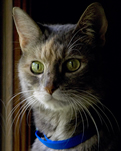|
|
|
|
 |
|
|
|


Sunday, January 6, 2013 A U T H O R ' S N O T E :
See more of the old compress at Weekly Grist for the Eyes and Mind, including an up close and personal look at business end of the old boiler. It is dated 1923 with compress name and the manufacturer's name.
A week or so ago, we touched on seeing things in winter that you can’t see from the same place in greener months. The old cotton compress and boiler you see above fall into that category. Take a look at this image. The bare trees add a visual staccato. In contrast, the smooth swirls of the clouds and sky bring complimentary colors to the earthy fall foliage and golden, late-in-the-day sunlight. Remember what you learned about colors in grade school . . . those (complimentary) are the colors which are opposite each other on the color wheel. The man-made parts of the picture undergird the image with a foundation, on the part of the railroad, and some interesting lines, shapes and colors on the part of the building and boiler. All of the above are considered by most visual jurists to be desirable in an image. And it’s simply not available later in the year. If you happen to appreciate historic scenes, whether remnants of the past or perfectly preserved artifacts, and you do not see these in the four seasons, it’s like turning off “Sleepless in Seattle” before everyone finally arrives at the top of the Empire State Building. Or eggs Benedict without the hollandaise. In a month or so, the now budding greenery around the old structures will have morphed into its shadow casting, leaf-green mode. Not a bad thing by any means, and certainly no complaints here, but it does put certain now-visible elements of the building and boiler in defilade. The building and boiler are not artifacts of the Rust Belt. In fact, these industrial remains stand in my home town of Pine Bluff, Arkansas. Some of my local friends will probably castigate me for showing the underbelly of our burg, but then, that’s where the history can be found. Think Willie Sutton. When asked why he robbed banks, the legendary thief explained with clarity, “Because that’s where the money is.” And so it is with things to see. You see things where they are. If you never go there, you will never see them. Similar to Sutton's sentiment, but with honor rather than chicanery, W.L. “Pat” Patterson, raconteur, photographer extraordinaire, and close friend since we were in our mid-teens, boils seeing things (and shooting them) down to a demi-glaze of truth, to wit: “The first thing you have to do is be there.” There’s not as much “duh!” there as you think, because it requires getting off one’s duff and going there. Or, you may already be there and not know it. In that case, it requires looking around. There’s probably something neat to be seen without much effort. This old compress took longer to shoot than the trip to get there from my abode. Good thing. A heater hose on the pickup chose that trip to spring a serious leak. N O T E S:
Most of the time, there is more to the Photo of the Week story than can be told in an essay. And most of the time there are more pictures to be seen. Presuming that some folk will enjoy being privy to this trove of information, I have created a blog, “Weekly Grist for the Eyes and Mind,” where I am showing and telling “the rest of the story." There are also some blatantly commercial mentions of some of the things we do to earn our beans and taters. Click on the Weekly Grist logo and go to the blog. — J. D.
 |
|
|
|
|
|

|
|
|
|
CornDancer.com is the personal website of Dr. Freddie A. Bowles and Ebenezer Baldwin Bowles.
CornDancer has participated in the World Wide Web since 2000. Submissions are invited. Contact webmaster at threadspinner@corndancer.com |
|
|
|



